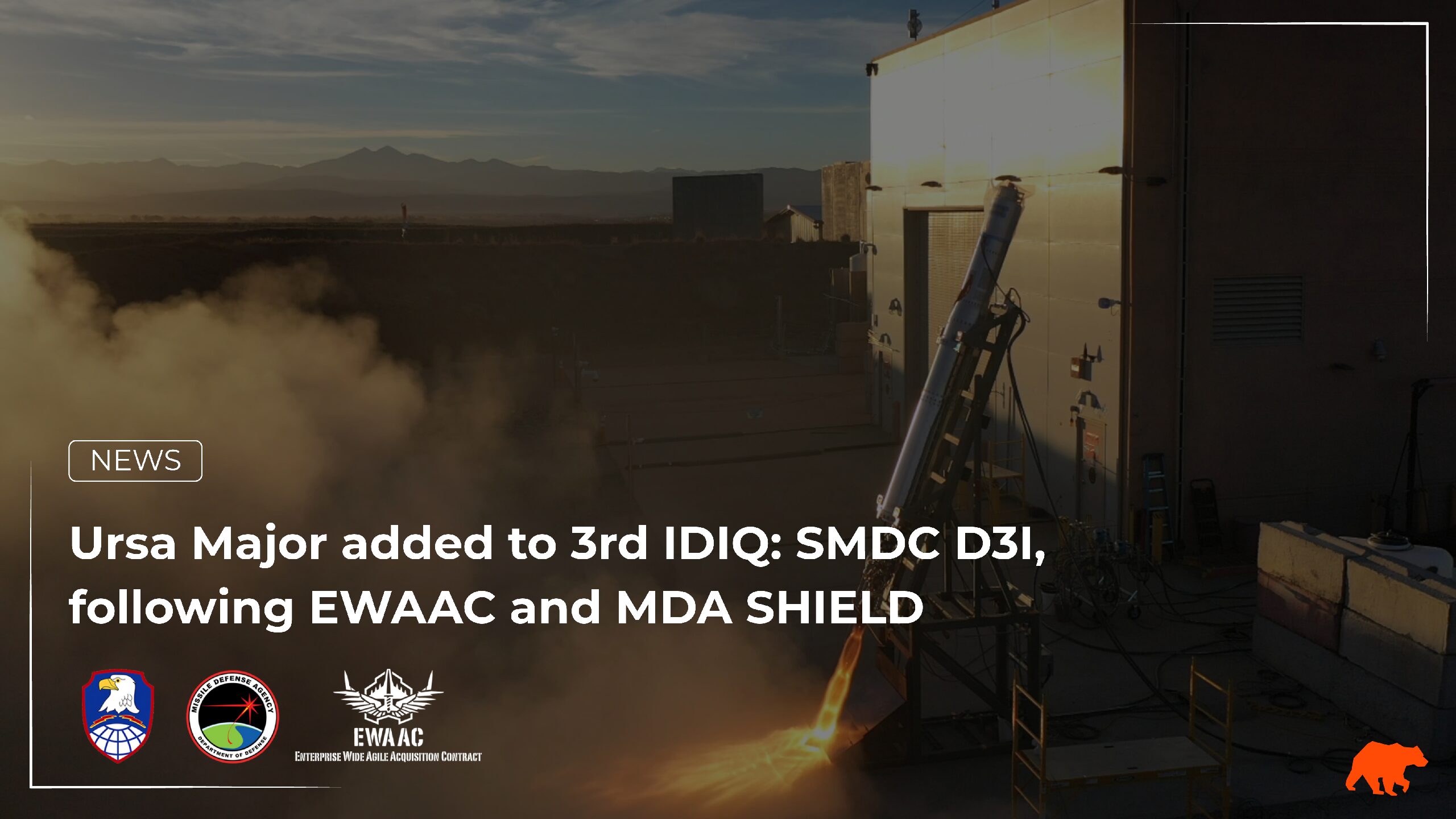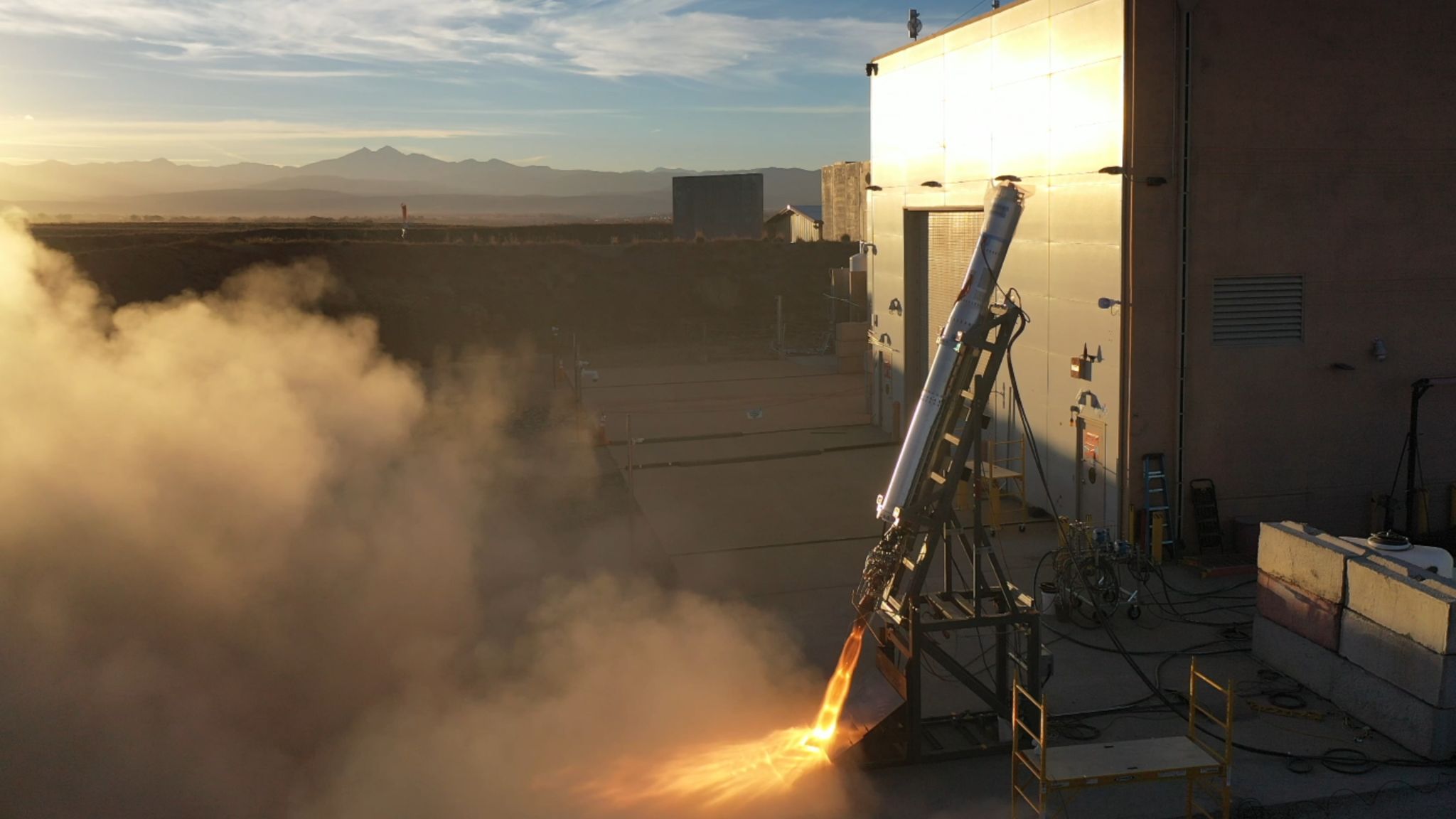
Build or Buy? Five Questions to Consider When You Need a Rocket Propulsion System
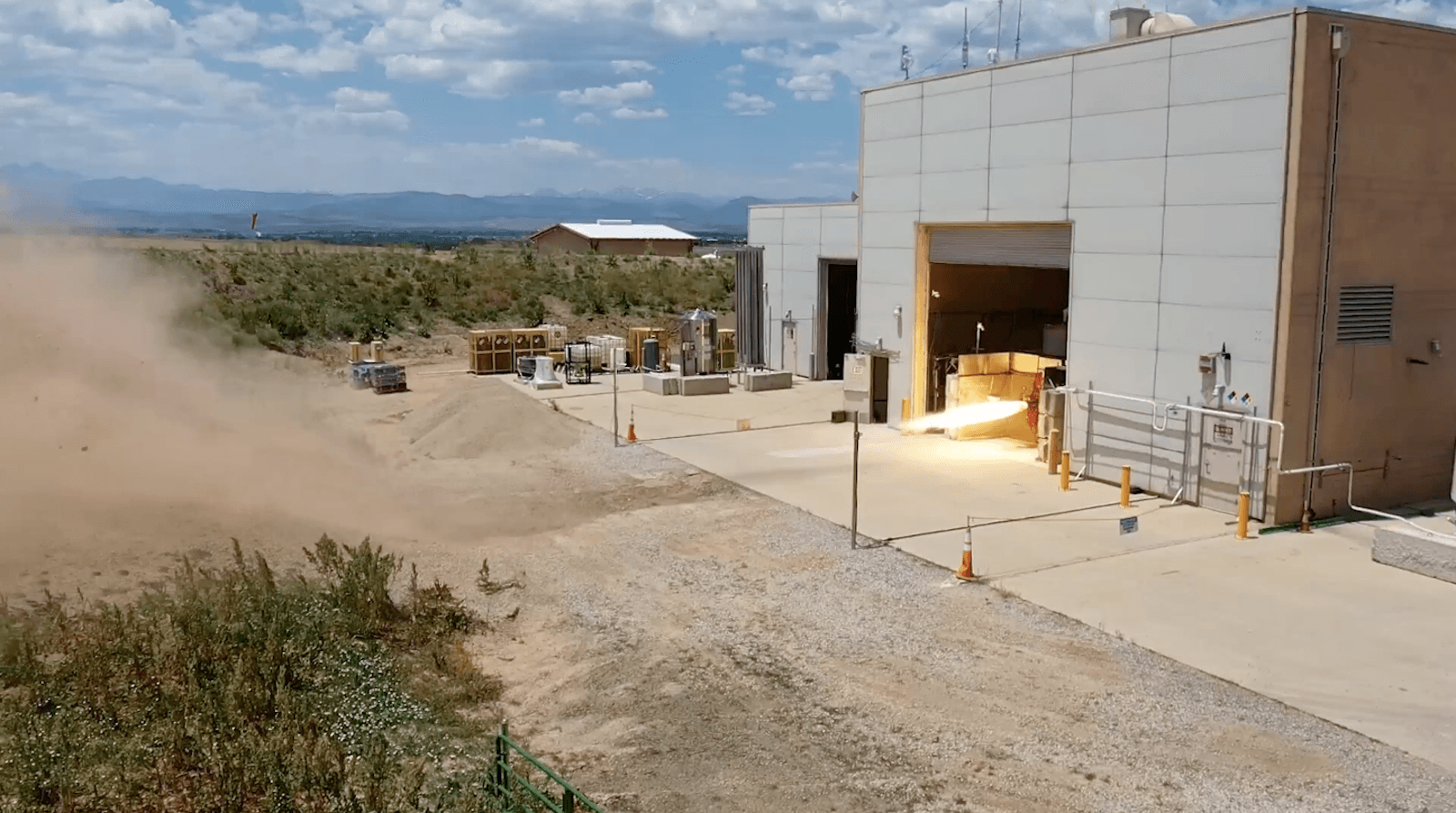
Building rocket engines in-house is notoriously difficult, expensive, and time-consuming. In the last 15 years, propulsion problems caused 54% of launch failures and an average delay of more than five years. When deciding whether to build your engine in-house or work with a partner, consider the following questions.
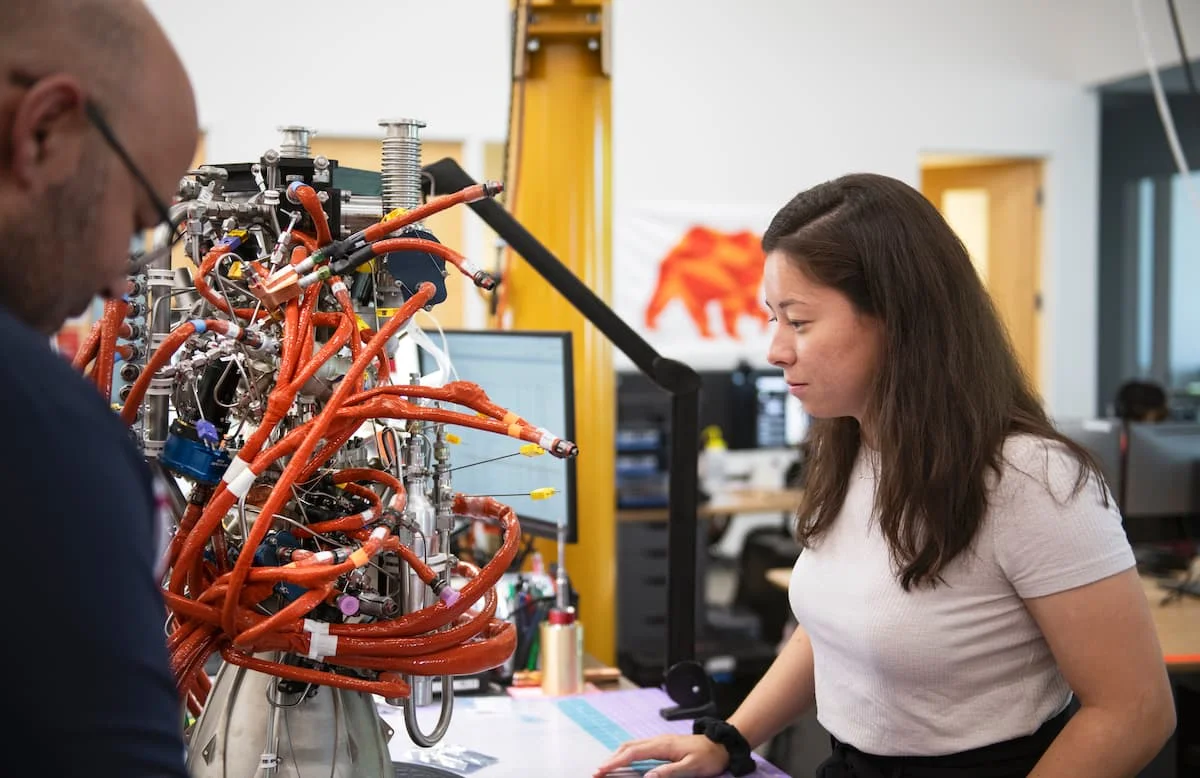
1. What is the experience level of the propulsion engineers you have on your team?
If your company launches rockets, you’re already facing the enormous challenge of hiring and maintaining world-class engineers from a small pool of talent.
At Ursa Major, a responsible engineer, or RE, owns the technical risk for the component or engine under their purview. It’s crucial to have an RE who has experience taking at least one, but preferably several, clean-sheet designs to flight.
In today’s competitive market, most organizations struggle to assemble the experienced talent to bring an engine program to market. Anticipate months, if not more than a year, to recruit, negotiate with, relocate, and onboard new engineers with a record of success.
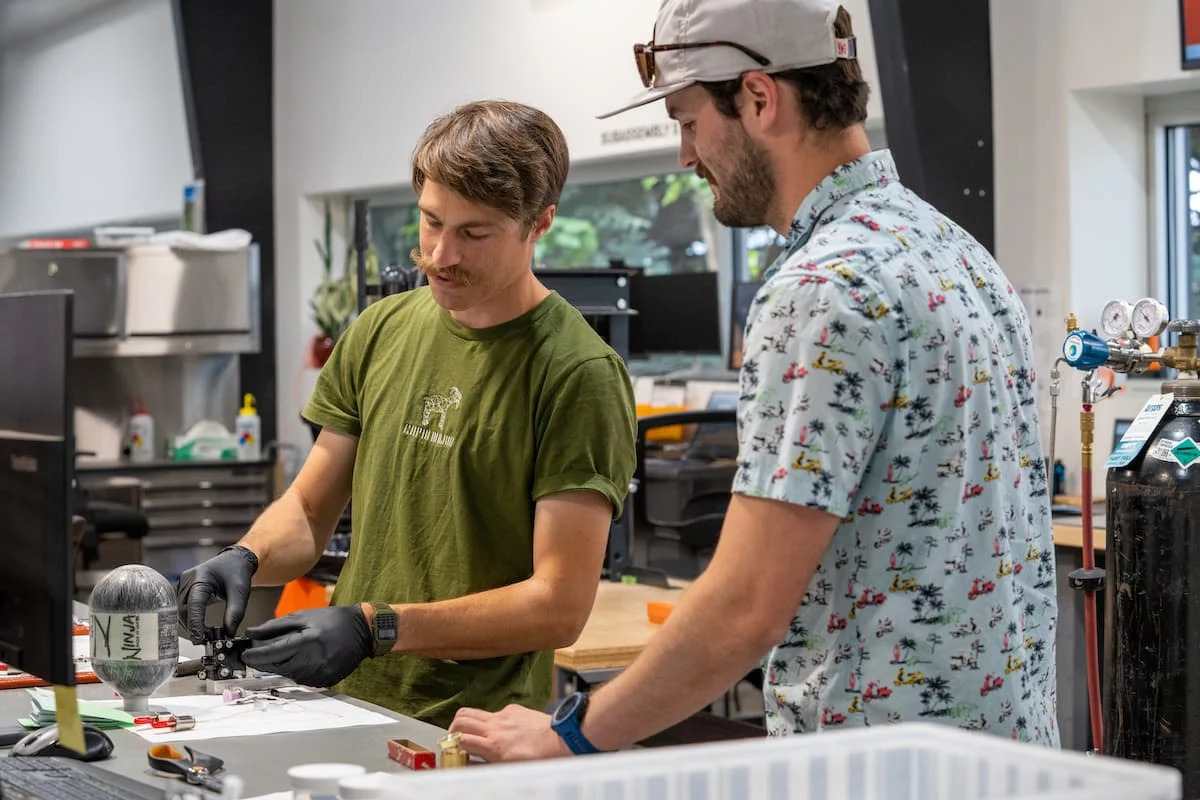
2. Does your team have expertise across all facets of engine build?
A tightly integrated engine team across turbomachinery, engine systems, combustion devices, material selection, avionics, and manufacturing provide the dedication, consistency, and momentum needed to deliver a successful engine program.
Turbomachinery feeds the engine, so it’s best to have experts working closely with the whole engine team. As for combustion devices, there are only a few experts in the field with a proven track record of developing successful systems including ignitions, injectors, and chamber nozzles. When it’s time to build your engine, you must select the right materials to withstand necessary pressures and temperatures while remaining as light as possible, as well as manufacturing specialists who can deliver the most cost-effective, fast, and scalable production methodology.
In addition, the team needs experience with Low-Rate Initial Production (LRIP), or producing different engine designs in low quantities for testing and increasing production only when the engine meets certain requirements. This sounds simple, but many companies do not manage LRIP effectively, resulting in overspending and failed programs.
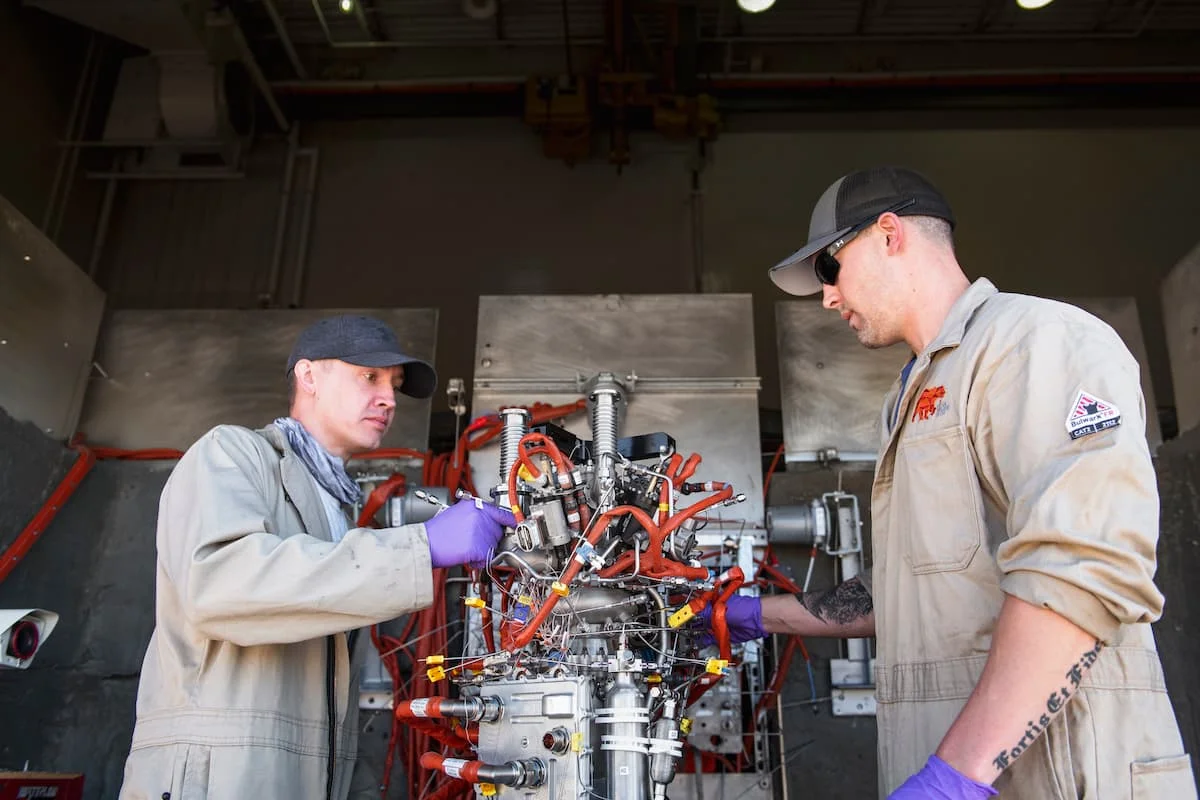
3. Do you know what engine design will best suit your mission?
When it comes to propulsion, companies tend to stick with what they know. But engine technology is advancing rapidly, making it hard to know if a better engine architecture exists, especially if your in-house team doesn’t have the resources to find design commonalities and optimize for cost and reliability. Many in-house propulsion teams pursue lower performance architectures in initial concepts and are too strapped for bandwidth to explore and develop higher performing alternatives.
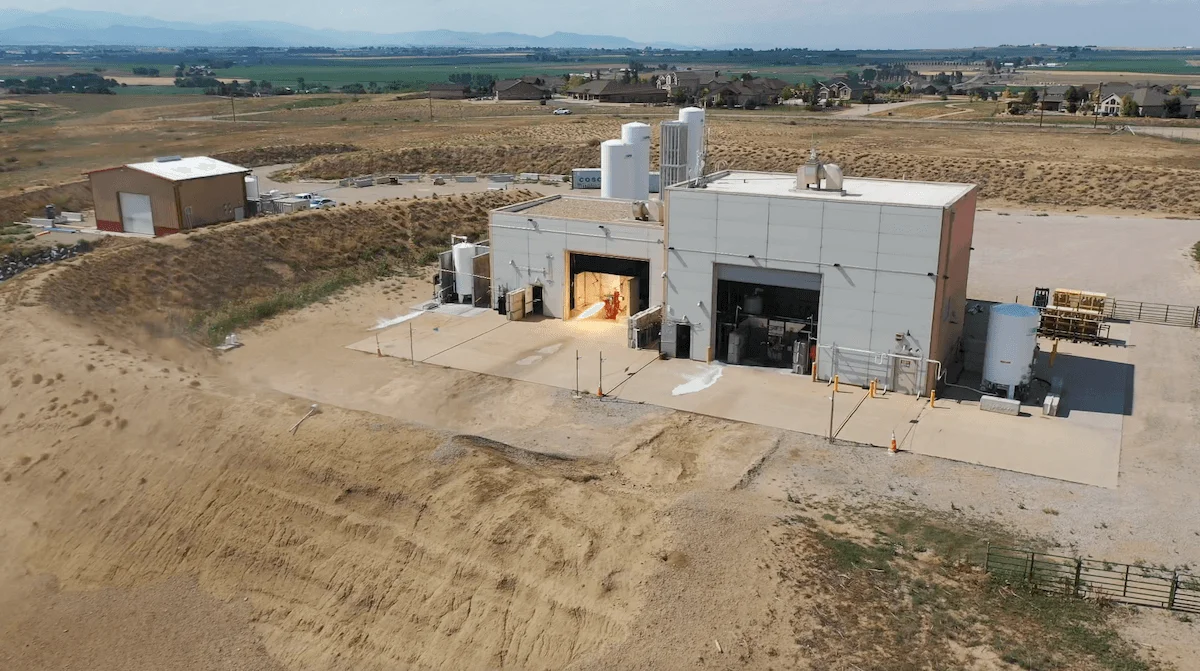
4. Do you have the physical and operational infrastructure necessary to efficiently test your engines?
This will require test operations professionals, ground support engineers, and a place for development, qualification, and acceptance testing. Building a facility requires time for permitting and retrofitting to meet your specific needs, design and build a test stand, and train and staff a test operations team. Renting a facility could take months and requires a rigid testing schedule, plus the time and cost of transporting your engine and staff back and forth from your manufacturing facility to the test site.

5. Do you have the time and funds needed to develop an engine from concept to production?
Developing a new engine or upgrading an existing one can take years and hundreds of millions to billions of dollars in engineering and operations headcount, materials, equipment, and infrastructure. Even some of the most successful and well-funded companies have engine programs stalled indefinitely. The process of designing the systems and components, assembling the first test engines, making improvements based on the tests, completing the qualification process, and building out the manufacturing processes for the final engine can all add to your timeline, and your bottom line.
The Ursa Major Alternative
For most organizations, building successful rocket engines in-house affordably and in a reasonable timeframe is unrealistic, so partnering with a reliable propulsion provider can be a game-changer. Ursa Major is the only privately funded company in the U.S. focusing solely on propulsion. The result is engines that are 50% lighter, have a higher thrust-to-weight ratio, and perform 15% better than alternatives.
1,000 years of experience working for you
At Ursa Major, propulsion is the entire company, not just a department. More than 200 elite engineers bring nearly 1,000 years of combined experience in staged-combustion engines, turbomachinery, and additive manufacturing, including numerous REs from the top rocket engine programs in the country, to customer programs. The result is the best of the industry, dedicated to your mission.
Propulsion focus means better engines
Being wholly focused on propulsion and serving a wide variety of customers, Ursa Major reviews different launch vehicles and leads the industry in expertise on both existing and next-generation propulsion architectures. This gives us a unique ability to objectively weigh cost, reusability, propellant, cycle, weight, and other factors to find the best solution based on the unique needs of the mission.
The most run-time of any engines on the market
Ursa Major has a one-of-a-kind facility where we design, build, and test our engines in one location, drastically increasing the speed of design iterations and improvements. Ursa Major’s 80% 3D-printed engines have been tested thousands of times with more than 50,000 seconds of run-time and counting.
Go to market faster
Ursa Major customers get to market in months instead of years. More reliable propulsion with double the payload capacity creates a game-changing competitive advantage for launchers competing on price per kilo of payload and likelihood of success to orbit.
Considering a partner for your propulsion system? Learn more about Ursa Major’s engine programs here.


